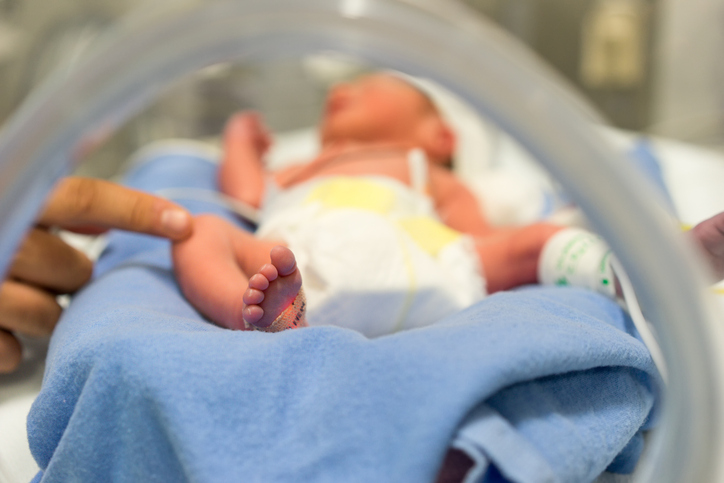2024-08-05
Impact of diaper changing frequency on the skin microbiota of preterm infants
Dermatology and Venereology
Pediatrics
The main objective of this research was to evaluate how the impact of the frequency of diaper changes, as well as other clinical factors, influence the development of the cutaneous microbiota in premature babies. To do this, a randomised controlled trial with a parallel design was used. Stable preterm infants, born before 33 weeks' gestation, were randomised to receive diaper changes every 3 hours or every 6 hours.
Skin samples were taken longitudinally from the skin under the diaper (buttocks) and from the chest of the infants. Skin pH and transepidermal water loss were measured at each sampling. In addition, stool samples were collected from the diapers. The microbiome at each site was characterised by 16S rRNA gene sequencing. Associations between microbiome characteristics, frequency of nappy changes and other covariates were examined using mixed-effects models and redundancy analysis.
A total of 1179 samples were collected from 46 preterm infants, with a median postnatal age of 44 days at the start of the study, up until their discharge from hospital. The study revealed that the alpha diversity of the skin microbiota increased over time, with no significant difference between the 3-hour and 6-hour nappy change groups. An inverse correlation was observed between the alpha diversity of the cutaneous microbiota and skin pH, but not with transepidermal water loss.
The structure of the microbial community differed significantly between body sites (buttocks, chest and faeces) and between individuals. Among the samples taken from the skin under the nappy, the frequency of nappy changes, the infant's diet, exposure to antibiotics and the mode of delivery explained a small proportion of the variation in the structure of the microbiota between samples.
The results showed that several factors, including inter-individual effects, frequency of diaper changes, diet and antibiotics, contributed to the variation in skin microbiota under the diaper.
This study suggested that although the frequency of diaper changes has some influence on the skin microbiota of preterm infants, this is modest compared to other factors such as skin pH and inter-individual differences. The implications of this study are important for neonatal care, highlighting the need to consider a range of factors to optimise the cutaneous and microbial health of premature infants.
Source(s) :
Noelle E Younge, D Joshua Parris, Daniel Hatch, Angel Barnes, Debra H Brandon .DOI 10.1371/journal.pone.0306333. Aug 2024 ;



